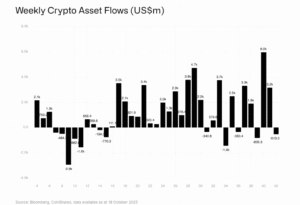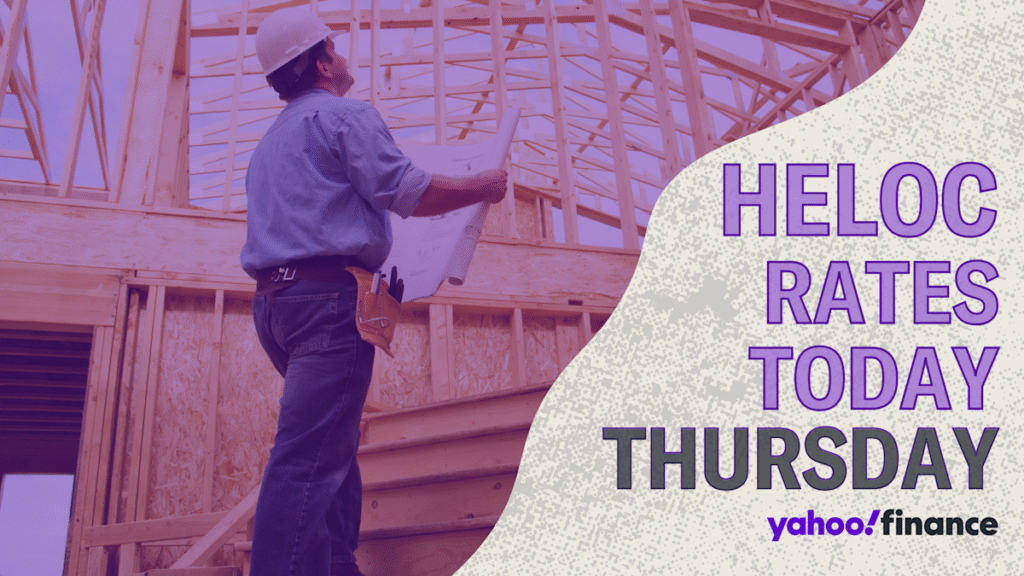HELOC rates have been inching down for four straight weeks. According to the analytics company Curinos, the average weekly rate on a home equity line of credit has decreased by three basis points to 7.75%.
According to Curinos data, the average weekly HELOC rate is down three basis points at 7.75%, its lowest point so far in 2025. This rate is based on applicants with a minimum credit score of 780 and a maximum combined loan-to-value ratio (CLTV) of 70%.
Many homeowners have a significant amount of value tied up in their houses — more than $34 trillion at the end of 2024, according to the Federal Reserve. That’s the third-largest amount of home equity on record.
With mortgage rates lingering just above 6%, homeowners are not going to let go of their primary mortgage anytime soon, so selling a house may not be an option. Why let go of your 5%, 4% — or even 3% mortgage?
Accessing some of that value with a use-it-as-you-need-it home equity line of credit can be an excellent alternative.
HELOC interest rates are different from primary mortgage rates. Second mortgage rates are based on an index rate plus a margin. That index is often the prime rate, which today is 7.25%. If a lender added 1% as a margin, the HELOC would have a variable rate of 8.25%.
Lenders have flexibility with pricing on a second mortgage product, such as a HELOC or home equity loan, so it pays to shop around. Your rate will depend on your credit score, the amount of debt you carry, and the amount of your credit line compared to the value of your home.
And average national HELOC rates can include “introductory” rates that may only last for six months or one year. After that, your interest rate will become adjustable, likely beginning at a substantially higher rate.
The best HELOC lenders offer low fees, a fixed-rate option, and generous credit lines. A HELOC allows you to easily use your home equity in any way and in any amount you choose, up to your credit line limit. Pull some out; pay it back. Repeat.
Meanwhile, you’re paying down your low-interest-rate primary mortgage like the wealth-building machine you are.
Many HELOC lenders offer a low introductory rate, then switch to a higher variable interest rate. When shopping for lenders, be aware of both rates. And as always, compare fees, repayment terms, and the minimum draw amount. The draw is the amount of money a lender requires you to initially take from your equity.
The power of a HELOC is tapping only what you need and leaving some of your line of credit available for future needs. You don’t pay interest on what you don’t borrow.
HELOC interest rates vary so much from one lender to the next that it’s hard to pin down a magic number. You may see rates from nearly 6% to as much as 18%. It really depends on your creditworthiness and how diligent you are as a shopper.
For homeowners with low primary mortgage rates and a chunk of equity in their house, it’s probably one of the best times to get a HELOC. You don’t give up that great mortgage rate, and you can use the cash drawn from your equity for things like home improvements, repairs, and upgrades. Of course, you can use a HELOC for fun things too, like a vacation — if you have the discipline to pay it off promptly. A vacation is likely not worth taking on long-term debt.
If you withdraw the full $50,000 from a line of credit on your home and pay a 7.75% interest rate, your monthly payment during the 10-year draw period would be about $323. That sounds good, but remember that the rate is usually variable, so it changes periodically, and your payments will increase during the 20-year repayment period. A HELOC essentially winds up being a 30-year loan. HELOCs are best if you borrow and pay back the balance in a much shorter period of time.
Read the full article here












